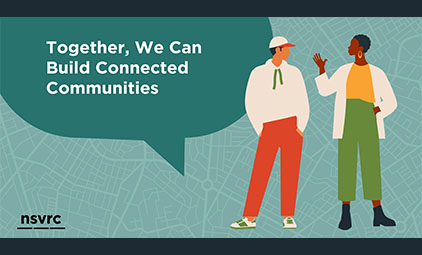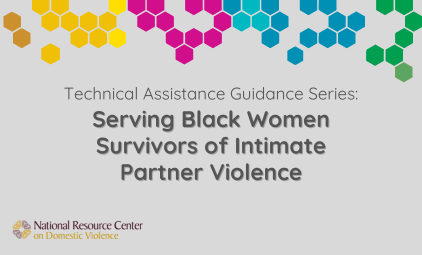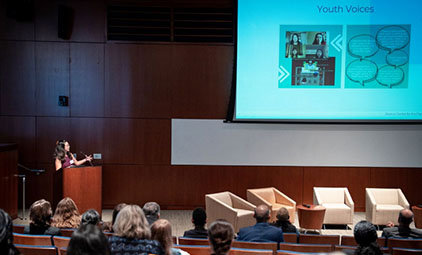It describes how campus and local authorities can work together to inform victims of options, and to support a victim's choices and safety. It describes why its important for a victim to have a support network and safety plan and to document stalking incidents. It cites research that "college-aged persons are primary targets of stalkers and much campus stalking is from within the campus community." (p.2) Regarding cyberstalking, it notes that college students are one of the largest groups of internet users.
Citing that 90 percent of stalkers are male and 75 percent of victims are female, its "Frequently Asked Questions" section describes who stalkers tend to be, including their common motivations and present or prior relationships to the victim. It provides options for people being stalked to consider, such as, police involvement including filing police reports; legal options including reporting crimes closely related to stalking/cyberstalking or getting a legal protection/restraining order; negotiating cross-jurisdictional options; campus judicial and institutional involvement; campus crisis counseling resources; and more. It lists some elements of a safety plan and underscores that it is important to take all stalking seriously; campus communities need to support each stalking victim's decisions on what response options are to be pursued.
The "Definitions" section covers: stalking (state and federal legal definitions); cyberstalking and common ways it occurs (e.g. in chat rooms, via instant messages, internet service provider, or spam); felony and misdemeanor crimes; no contact statements; protective/restraining orders; safety plans; stalking logs; university/campus stalking policies; a victim advocate's role; and victim impact. It ends with some factors to consider in assessing lethality risk.
The "Statistics" section has a range of cites including statistics to support a strong link between stalking and other forms of violence in "intimate relationships". The packet ends with lists of internet and print resources.
This information packet is one of a series of publications that CALCASA has produced as part of their cooperative agreement with the U.S. Violence Against Women Office to provide technical assistance services to recipients of the "Grants to Reduce Violent Crimes Against Women on Campus Program".
| Attachment | Size |
|---|---|
| Campus Stalking | 39.79 KB |












